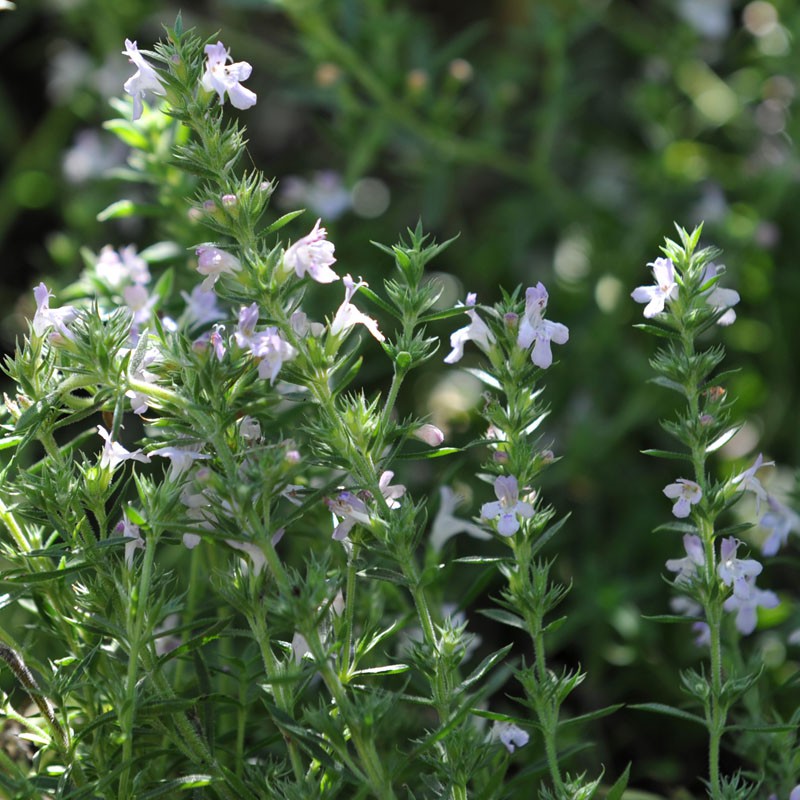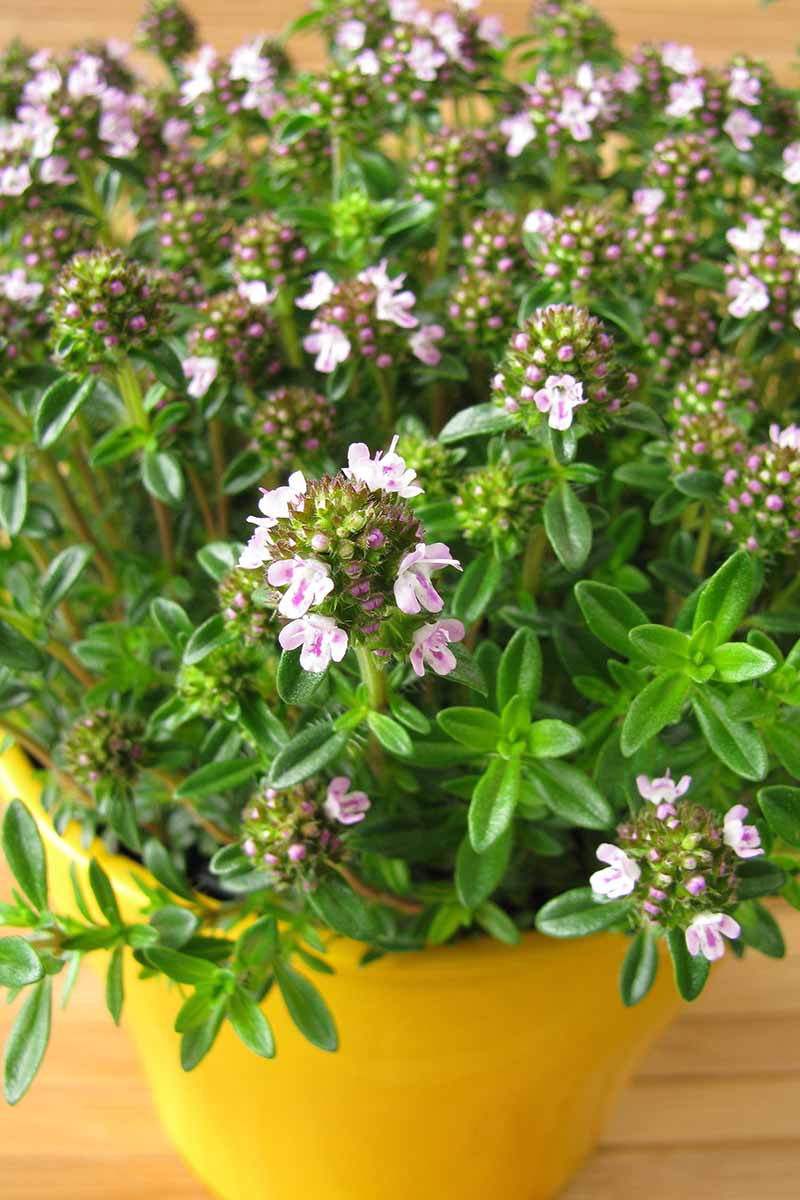Winter Savory Plant: The Versatile Herb That Can Survive Winter
Winter savory is a versatile herb that can survive winter. It is a member of the mint family and is native to the Mediterranean region. Winter savory is a perennial plant that grows to be about 12 inches tall. It has dark green leaves that are slightly hairy and have a strong, savory flavor. Winter savory flowers in the summer and produces small, white or pink flowers.
Winter savory is a hardy plant that can tolerate cold temperatures and poor soil conditions. It is a good choice for growing in USDA zones 4-9. Winter savory can be grown in full sun or partial shade. It prefers well-drained soil but can tolerate sandy or clay soils.
Winter savory is easy to grow from seed or by dividing established plants. Sow seeds indoors 4-6 weeks before the last frost. Sow seeds about ¼ inch deep in a well-drained potting mix. Keep the soil moist but not soggy. Germination should occur in 10-14 days.
Once the seedlings have developed 2-3 sets of true leaves, transplant them into the garden. Space plants 12-18 inches apart. Winter savory can also be propagated by dividing established plants in the spring or fall.
To care for winter savory, water regularly during the first year of growth. Once the plant is established, it is drought tolerant. Fertilize winter savory once a year in the spring with a balanced fertilizer. Winter savory does not require much pruning. Simply trim the plant back in the spring to remove any dead or damaged growth.
Winter savory can be used fresh or dried. The leaves can be added to soups, stews, sauces, and other savory dishes. Winter savory can also be used to make tea or infused oils.
Winter savory has a number of health benefits. It is a good source of antioxidants and vitamins A and C. Winter savory has also been shown to have antibacterial and antifungal properties.
Winter savory is a versatile and hardy herb that can be enjoyed all year round. It is easy to grow and care for, and it has a number of health benefits. If you are looking for a new herb to add to your garden, winter savory is a great choice.
Winter savory is a versatile herb that can be used in both culinary and medicinal applications. It has a strong, peppery flavor that makes it a popular addition to stews, soups, and sausages. Winter savory is also a good source of antioxidants and has been shown to have antimicrobial properties.
If you're interested in learning more about winter savory, I recommend visiting Garden Wiki. This website provides comprehensive information about the plant, including its history, cultivation, and uses. You can also find recipes, gardening tips, and even medicinal uses for winter savory on this website.
FAQ of winter savory plant
1. What is winter savory?
Winter savory (Satureja montana) is a hardy perennial herb that is native to Europe and Asia. It has a strong, savory flavor that is similar to thyme, but with a slightly minty note. Winter savory is a popular culinary herb that is used in soups, stews, and sauces. It is also used in some traditional medicines.
2. How do I grow winter savory?
Winter savory is relatively easy to grow. It prefers full sun and well-drained soil. It can be grown from seed or from cuttings. If you are growing from seed, sow the seeds indoors about 6 weeks before the last frost. If you are growing from cuttings, take 4-6 inch cuttings in the summer and plant them in a pot of potting mix.
3. How do I care for winter savory?
Winter savory is a low-maintenance plant. It does not require a lot of water, but it does need to be watered regularly during dry periods. It should be fertilized once a month with a balanced fertilizer. Winter savory is a hardy plant and can withstand cold winters. However, it may benefit from a light mulching of straw or leaves in colder climates.
4. How do I harvest winter savory?
You can start harvesting winter savory leaves when the plant is about 6 inches tall. The leaves can be harvested throughout the growing season. To harvest, simply snip off the leaves from the top of the plant. You can also harvest the flowers, which can be used in salads or as a garnish.
5. What are the benefits of winter savory?
Winter savory has a number of health benefits. It is a good source of antioxidants, which can help protect the body from damage caused by free radicals. Winter savory also contains antibacterial and antifungal properties. It has been used traditionally to treat a variety of ailments, including sore throats, coughs, and diarrhea.
Image of winter savory plant
5 different images of winter savory plant from Pinterest:
- Image 1: A close-up of a winter savory plant with small, dark green leaves and purple flowers.

- Image 2: A winter savory plant in full bloom, with a profusion of purple flowers.

- Image 3: A winter savory plant growing in a garden, with its leaves and flowers clustered together.

- Image 4: A winter savory plant in a pot, with its leaves and flowers spilling over the sides.

- Image 5: A winter savory plant being used in a cooking recipe, with its leaves chopped and added to a pot of soup.

Post a Comment for "Winter Savory Plant: The Versatile Herb That Can Survive Winter"